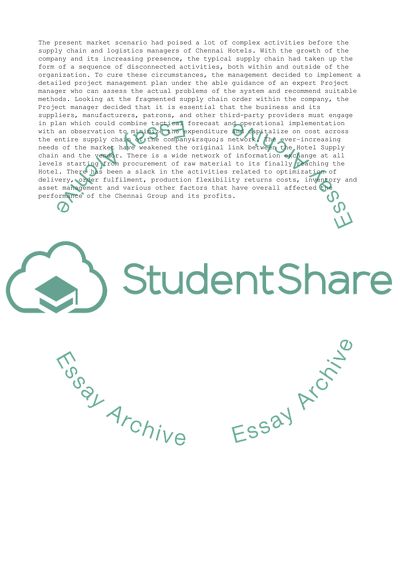Cite this document
(A Strong Project Management Strategy and Increasing the Efficiency of Research Paper, n.d.)
A Strong Project Management Strategy and Increasing the Efficiency of Research Paper. Retrieved from https://studentshare.org/management/1736004-the-delhi-metro-project-effective-project-management-in-the-indian-public-sector
A Strong Project Management Strategy and Increasing the Efficiency of Research Paper. Retrieved from https://studentshare.org/management/1736004-the-delhi-metro-project-effective-project-management-in-the-indian-public-sector
(A Strong Project Management Strategy and Increasing the Efficiency of Research Paper)
A Strong Project Management Strategy and Increasing the Efficiency of Research Paper. https://studentshare.org/management/1736004-the-delhi-metro-project-effective-project-management-in-the-indian-public-sector.
A Strong Project Management Strategy and Increasing the Efficiency of Research Paper. https://studentshare.org/management/1736004-the-delhi-metro-project-effective-project-management-in-the-indian-public-sector.
“A Strong Project Management Strategy and Increasing the Efficiency of Research Paper”, n.d. https://studentshare.org/management/1736004-the-delhi-metro-project-effective-project-management-in-the-indian-public-sector.


